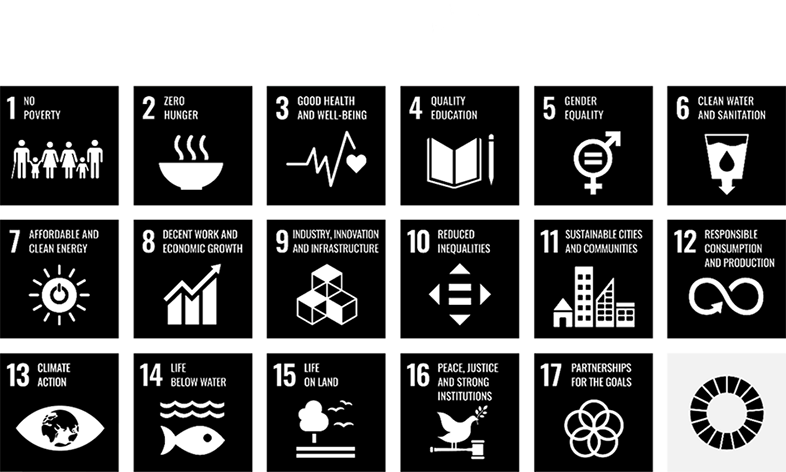Sustainability
Sustainability Management
Sustainability management

We will pursue initiatives for achieving a sustainable society to incorporate the expectations, requests, and opinions from society into activities, and to minimize the negative impact on society and the environment.
Addressing social challenges through our businesses
Materiality
The Group is taking a "Trade-On (mutual benefits)" approach to realizing sustainability by implementing materiality initiatives.
